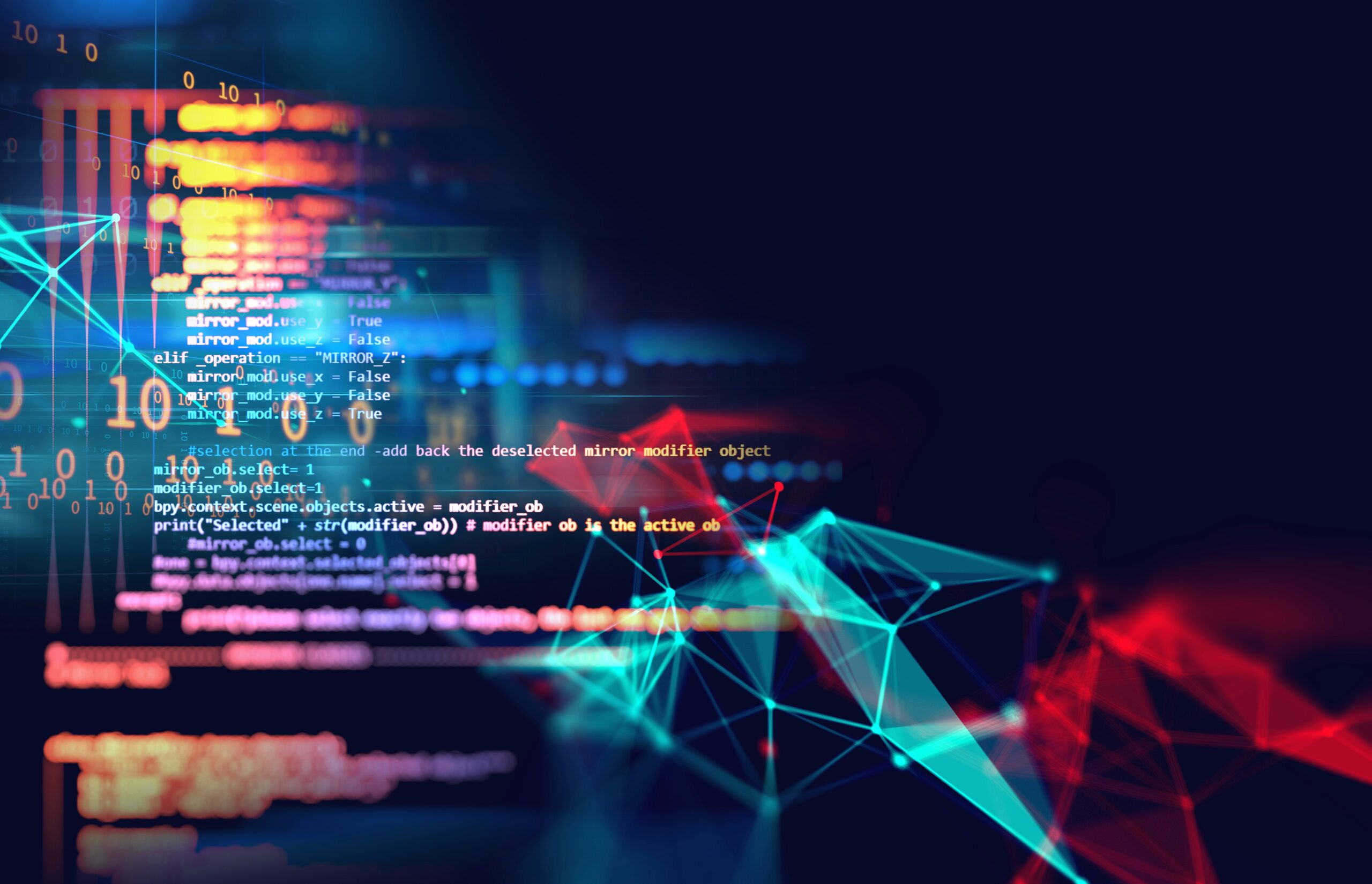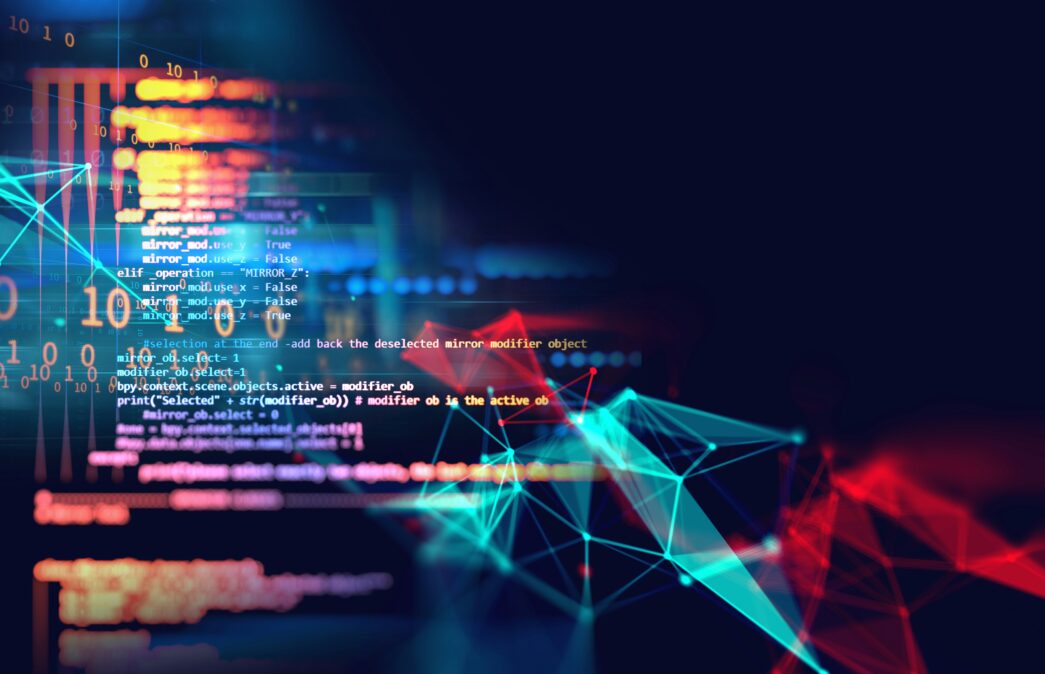In 2026, the digital world will cease to be a simple extension of reality. Systems will learn, algorithms will sense, and cyber threats will find more humane ways to deceive. What once seemed like science fiction will become the planet’s new invisible battleground.
The perfect vacation, an afternoon of music, or the flight connecting two cities could depend on a mistimed click. Entertainment and tourism – two industries that live in the cloud – will face the challenge of surviving in an environment where attacks no longer shout: they whisper, explains Omar Cázares, Business Builder at Beyond Technology.
Ransomware will continue to lurk, but its face will change. Attackers will not only seek money, but also reputations. They will leak sensitive data, trade on fear and transform extortion into a psychological game. Every fake message, every attachment will be a trap polished by artificial intelligence.
Phishing will also mutate. The chain mails and clumsy messages of old will become credible conversations, designed by machines that mimic human emotions. The line between truth and lies will blur, and people will have to learn to distrust even the seemingly sincerest things.
DDoS attacks, once loud and obvious, will now move silently. They will seek to go unnoticed with minimal but constant flows, capable of bringing streaming platforms or hotel bookings to a halt without raising suspicion.
“In 2026 we will see an increase in more automated, persistent and low-volume attacks, such as intelligent DDoS that seek to go unnoticed,” Cázares commented in an interview.
AI, a double-edged ally
In this new scenario, artificial intelligence will be both the weapon and the shield. Attackers will use generative models to create near-perfect deception campaigns, while defenders will bet on systems that learn from each intrusion attempt. Speed will make the difference: whoever acts first will survive, says the Beyond Technology executive.
Every connected device will add a new open door. From cameras in hotels to sensors in theme parks, the Internet of Things will expand the risk surface. “Protecting an ecosystem requires looking beyond each point: you have to understand its digital heart,” said Cázares.
Automation and predictive cybersecurity will become essential. Organizations will no longer be able to wait for an attack to occur. They will have to anticipate it, analyze patternsm, and close the door before someone knocks. Technologies such as SmartWall ONE will enable automated responses in seconds, where minutes or even hours were previously needed.
2026, a year of great challenges for cybersecurity
2026 will remind us that cybersecurity is not just about firewalls and passwords. It’s about taking care of the experiences that connect us: a story told, a journey dreamed of, a song shared. Because when danger comes disguised as emotion, the only real defense left is human conscience.
Regulatory compliance will also be transformed. Data protection laws will not only impose penalties, they will define who inspires trust. “Companies that are committed to transparency and traceability will gain an advantage over those who see cybersecurity as a mere obligation,” said Cázares.
Governments will demand more vigilance, and creative industries, travel destinations and entertainment platforms will need to adopt stronger digital ethics. Every photo shared, every ticket sold or every live stream will be part of a web that needs constant care.
“In the end, the big question will not be how to prevent attacks, but how to maintain humanity in an environment dominated by algorithms. The digital heroes of the future will combine technique and empathy, they will understand that behind every line of code there are people, emotions and dreams to protect,” said the Beyond Technology executive.






